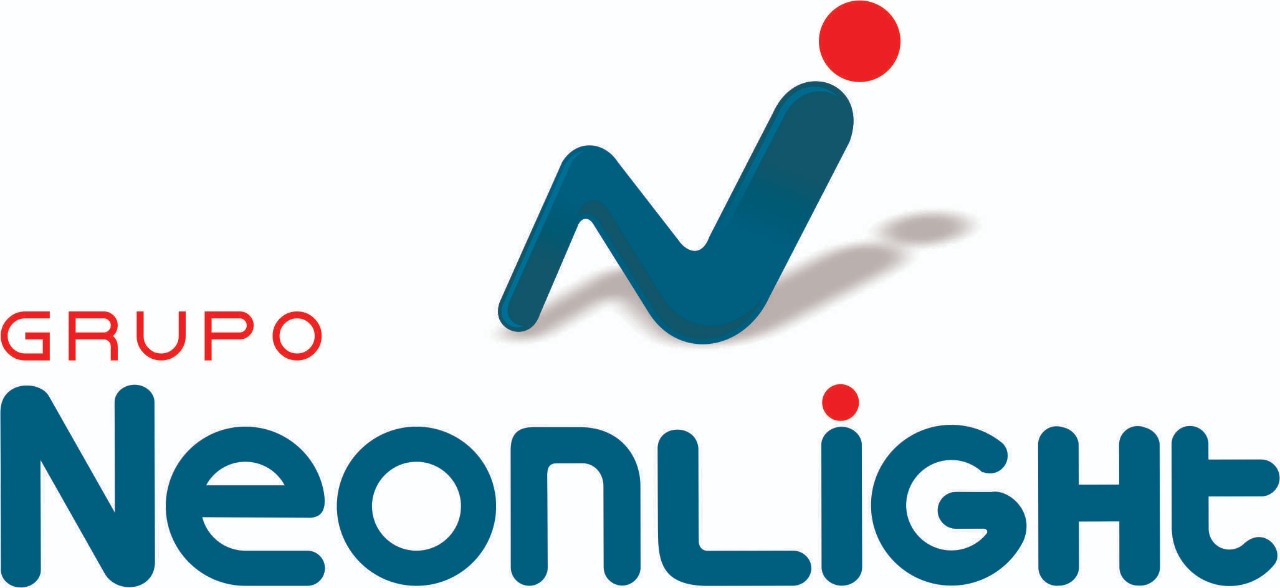Content
These three cloud service models differ mostly in what they provide out of the box for the end user of the service. Starting with SaaS, there’s very little for the user to manage, which often makes SaaS the most cost-effective option. By the time you make your way to IaaS, the end-user’s responsibilities have grown. None of the options require as much self-management from the user as a dedicated on-premise solution would. Platform-as-a-service handles cloud-related operations, such as managing operating systems, providing virtualization, maintaining servers, serving storage units, and overseeing networking. At the same time, the customer can focus on the development of the application.
In other words, SaaS represents a cloud-based foundation for the creation of any software without excessive coding, only by customizing the front-end features and design. Correspondingly, any software solutions developed with SaaS comprise the web-delivered content accessible by any user via a browser. PaaS services are a feasible solution for businesses that want to reduce their development cost, are first-timers in the application development business, or do not have enough resources. IaaS products provide businesses with virtual storage systems, networks, and servers. Organizations can connect and operate their data with the help of a dashboard or through a native dashboard and integrate it with the IaaS provider’s API.
When To Use Saas
Transferring sensitive business information to public-cloud based SaaS service may result in compromised security and compliance in addition to significant cost for migrating large data workloads. As you can tell, each cloud computing model is appropriate for different businesses and business needs. And since each model has its pros and cons, it’s important to know what is more valuable to you and your company – control, customization, or convenience. And once you’ve made a decision, you need to find the right vendor that goes with your organization’s culture and ultimately helps increase your teams’ productivity and efficiency. It allows organizations to purchase resources like networking and storage on-demand instead of having to buy costly hardware.
SaaS vs PaaS vs IaaS: Analyzing The Key Differences With Examples#SaaS #CloudModel #CloudServices #Businesses #laaS #infrastructureAsAService #businesscontinuity #business #NetworkService #PlatformAsAService #resources #SoftwareAsAServicehttps://t.co/wosFooDG03
— VirajaPro (@virajapro) October 19, 2020
You will get the necessary customer support from the providers if you face any issue. So, SaaS is ideal if you own a small or medium business and do not want to spend much on IT infrastructure. The platform has built-in features for security and data protection. Cost reduction scenarios described are intended as examples of how a given Intel®-based product, in the specified circumstances and configurations, may affect future costs and provide cost savings. Explore the latest cloud computing strategies to increase flexibility, optimize costs, and improve efficiency.
How To Use Tab Maker By Google To Create Extensions For The New Tab Page
You’ve probably heard of some of the SaaS providers listed below. Customized Cloud applications frequently automate business processes that are incompatible with PaaS software applications, restricting the operational capacity for your customers. Sophisticated Pre-Built Tools – PaaS provides pre-built software components that reduce the millions of lines of coding in a program. Developers leverage development tools that are typically quite expensive to develop, test, and reiterate in-house. Minimal Development – PaaS reduces the development time by providing rapid development and prototyping. It also provides access to various templates, tools, and code libraries, which lessen and streamline the application development.
Any platform updates, security patches and general maintenance to their store would be the responsibility of the merchant. Merchants still have full access to edit the source code of their Magento store and can fully customize the application. Most of these services can be used as IaaS, and most companies who use AWS will pick and choose the services they need.
What Is Iaas Vs Paas Vs Saas?
This configuration usually contains a basic set of features that constitutes the core value proposition of the product. Because of this, freemium is a perfect way to present the product to the target audience. You show how the product addresses their needs and, if they like it enough, they can convert into paying users.
Providers still manage virtualization, servers, hard drives, storage, and networking. Many IaaS providers now offer databases, messaging queues, and other services above the virtualization layer as well. Some tech analysts draw a distinction difference between iaas vs paas vs saas here and use the IaaS+ moniker for these other options. What users gain with IaaS is infrastructure on top of which they can install any required platform. Users are responsible for updating these if new versions are released.
The basis of PaaS vs IaaS comparison is that PaaS applications are cloud-ready, and IaaS solutions are cloud-native. Being cloud-ready means that the application can run anywhere on any platform, is highly scalable, and loosely coupled. Being cloud-native means that an app was initially designed for the application in the cloud environment. In such a way, the IaaS-created app is made to take the full advantage of all cloud functionality, which makes it the most suitable solution for the microservice architecture. Now that you know what PaaS, IaaS, and SaaS are and what examples there are in the market, it’s high time to find out what’s good and bad about each of the service models. This information may shed light on their comparative characteristics and help you choose the one that suits your business and software development/use needs the most.
- For example, a retailer might use PaaS technology to create an app that sends push notifications to their customers.
- Why is it necessary to conduct an information security audit, how to audit saas, who is it better to entrust your product, what to look for, etc.
- IaaS solutions are designed to be highly scalable and flexible, meaning you can buy additional resources and features you need as your operations expand.
- There is no need to give your last penny for pricey equipment and licenses to move at the same pace as the leading tech companies.
They are ready-to-use and often run directly through the client’s web browser, meaning there is no need for installations or downloads like it with on-prem solutions. Infrastructure-as-a-Service offers you a great deal of control over your operating systems. With Platform-as-a-Service on the other hand, you can build apps without having to host them on-premise, so you benefit from more flexibility but get a little less control. Tony Hou is an experienced ecommerce business owner and consultant. He consults small and mid-size enterprises to define the direction, experience functionality and supporting services of either a new or existing online offering. We are dead on developing web apps, mobile apps, APIs, efficient data storage, and cloud hosting. At whatever stage of your SaaS project development , you are faced with the need to cooperate with an outsourcing team, you will receive support and full immersion in your project.
Use Cloud Services And Protect The Future Of Your Business
You’ll learn how different cloud computing services are used to build the technologies you use every day in this blog post. And if you’re still confused about the cloud, don’t worry — clearer skies are ahead. You should select SaaS as your cloud service if you need to refrain from software and server issues. After switching to SaaS, you can have complete peace of mind. Larger companies may prefer to retain complete control over their applications and infrastructure, but they want to purchase only what they actually consume or need. This cloud service also can greatly reduce costs and it can simplify some challenges that come up if you are rapidly developing or deploying an app. Many organizations require deep integrations with on-premise apps, data, and services.

Companies experiencing rapid growth like the scalability of IaaS, and they can change out specific hardware and software easily as their needs evolve. Business and technical requirements that drive decisions for a specific PaaS solution may not apply in the future.
How To Connect My Sql Database With A Php Website
As opposed to SaaS or PaaS, IaaS clients are responsible for managing aspects such as applications, runtime, OSes, middleware, and data. However, providers of the IaaS manage the servers, hard drives, networking, virtualization, and storage. Some providers even offer more services beyond the virtualization layer, such as databases or message queuing. Cloud service github blog providers can provide pre-configured tools for different tasks. The key difference between PaaS and IaaS is that here you have certain tools, for example, a database management system, machine learning or big data processing environment, industrial IoT . They need to be customized to suit the needs of the company, but they don’t need to be built from scratch.
SaaSPaaSIaaSSaaS provides accessible and ready-to-use services for its clients. SaaS provides a solution to almost everything.PaaS is best for businesses that don’t like to spend on different platforms. It also helps in worrying less about infrastructure management.IaaS is the most flexible of the three services. It also provides a general data storage center.Finally, it helps with various factors before choosing a service for your business. The organization may need to look at its goals and requirements and select the type of service they need.
Having all the modern resources at their disposal, software developers can build cross-platform apps easier and faster. Think of PaaS as a much, much more scaled-down version of IaaS. You can think of PaaS as the platform where SaaS applications are made. IaaS products deliver storage systems, networks, and servers virtually to enterprise businesses.

Even with all-in-one SaaS products gaining popularity, it is still impossible to fit all the tools one may need for efficient work into one app. Therefore, SaaS providers enable integrations with some of the most popular and essential apps. For example, Zapier integrates with more than 3000 apps, including big names like Gmail, Slack, Mailchimp, Squarespace, OneDrive, and many more.
However, in fact, not all of our clients understand the meaning of these terms and their business value. Let’s take a look at how all these aaS differ, how they work, and what capabilities they provide to cloud users. IaaS is a service that gives companies everything they need to deploy a data operation on the cloud. This service is made up of individual resources, such as storage and networking, delivered through virtualization.
In PaaS, the DBMS is already installed, you just need to configure it for yourself and load the data. IaaS is suitable if the company has a non-linear demand for resources. For example, you have physical servers running an online store.
SaaS vs PaaS vs IaaS: Analyzing The Key Differences With Examples #SaaS #PaaS #SaaSMarketing https://t.co/zqbk553W48
— Chris Jackson (@chrisjackson531) October 19, 2020
You can use any client-side or server-side technology you like to build a Zendesk app. If you stick with client-side technologies—like HTML, JavaScript, and CSS—Zendesk can host the app. Or you can use server-side technologies and host the app on a remote server. Its flexible framework allows you to use intuitive JavaScript APIs to build apps that extend the functionality of Zendesk Support. Every type of cloud-computing is different and has pros and cons that vary from the rest. Understanding the structure of each one will help you determine the right approach for your business.

